Biological Mechanisms of Animal Reproductive Behavior
Introduction
Animal reproductive behavior refers to the activities and strategies employed by various animal species to ensure successful reproduction. This behavior is driven by biological mechanisms that are often complex and multifaceted, encompassing a range of physiological, genetic, and environmental factors. The study of these mechanisms provides valuable insights into the evolutionary processes that shape the survival and propagation of species.
Physiological Mechanisms
The physiological mechanisms of animal reproductive behavior are largely governed by the endocrine system, which regulates the production and release of hormones. These hormones, such as testosterone and estrogen, play a crucial role in sexual maturation, mating behavior, and reproduction.
Sexual Maturation
Sexual maturation, or puberty, is a crucial phase in the reproductive cycle of animals. It is during this period that animals develop secondary sexual characteristics and become capable of reproduction. Hormones such as gonadotropins and sex steroids are integral to this process, stimulating the growth and development of reproductive organs and the onset of sexual behavior.
Mating Behavior
Mating behavior in animals is diverse and complex, ranging from courtship rituals to competitive displays. Hormones play a significant role in this behavior, influencing sexual arousal, mate selection, and copulation. For instance, the hormone pheromones are often used by animals to attract potential mates, while testosterone and estrogen can influence aggressive and receptive behaviors during mating.
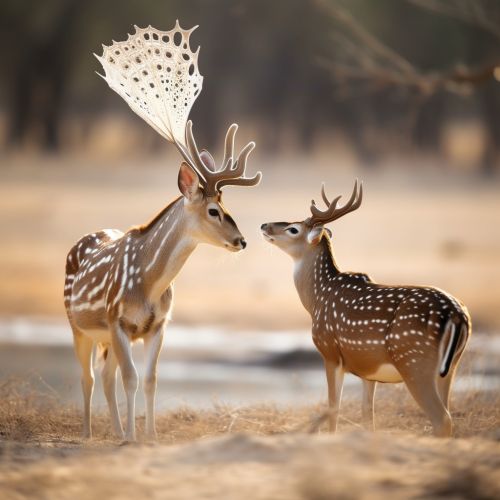
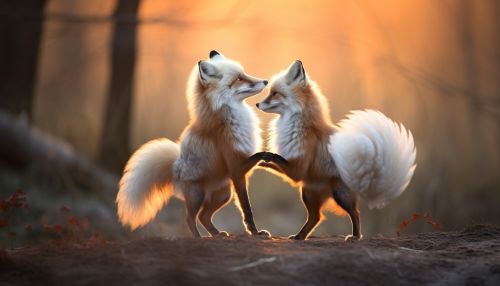
Genetic Mechanisms
Genetic mechanisms also play a pivotal role in animal reproductive behavior. These mechanisms are encoded in an animal's DNA and can influence various aspects of reproduction, from mate selection to parental care.
Mate Selection
In many animal species, individuals exhibit a preference for certain traits in potential mates, a behavior known as mate selection or mate choice. This behavior is often driven by genetic mechanisms that favor traits associated with fitness, such as physical strength, fertility, or disease resistance. For example, in many bird species, females often prefer males with bright plumage, as this is believed to be a sign of good health and genetic fitness.

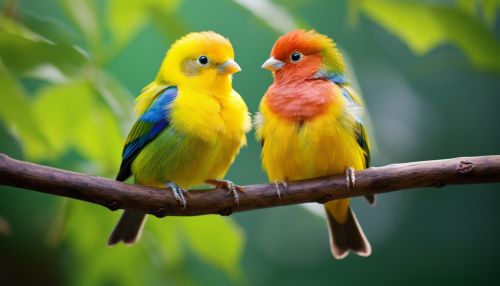
Parental Care
Parental care is another aspect of animal reproductive behavior that is influenced by genetic mechanisms. In many species, one or both parents invest significant time and resources in caring for their offspring, a behavior that increases the chances of their genes being passed on to the next generation. This behavior is often regulated by genes associated with nurturing and protective instincts.
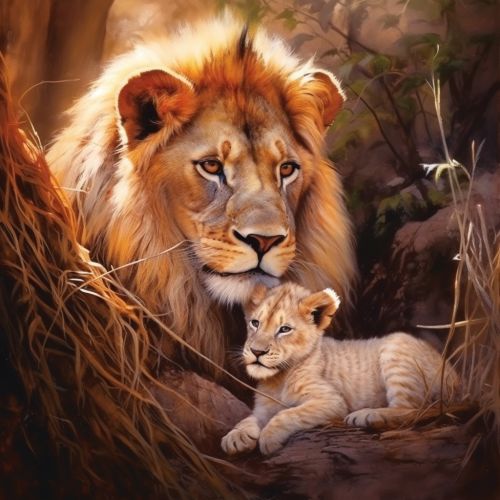

Environmental Mechanisms
Environmental mechanisms refer to the influence of environmental factors on animal reproductive behavior. These factors can include temperature, food availability, predation pressure, and social dynamics, among others.
Seasonal Breeding
Many animal species exhibit seasonal breeding behavior, where reproduction is synchronized with certain times of the year. This behavior is often driven by environmental cues such as changes in day length, temperature, or food availability, which signal optimal conditions for offspring survival.
Social Dynamics
Social dynamics can also influence animal reproductive behavior. In many species, social hierarchies or dominance structures can determine access to mates, with dominant individuals often having greater reproductive success. Similarly, social learning can influence reproductive behavior, with younger individuals learning mating strategies and behaviors from older, more experienced individuals.
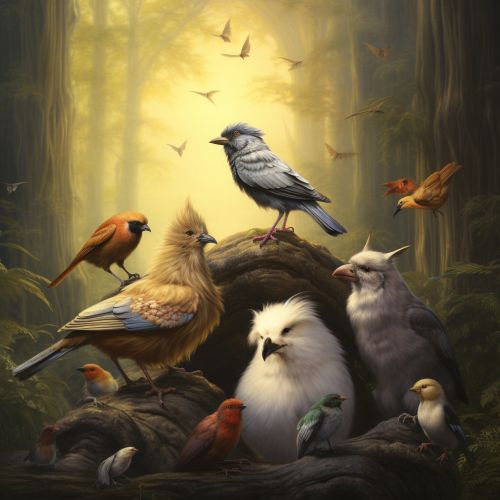
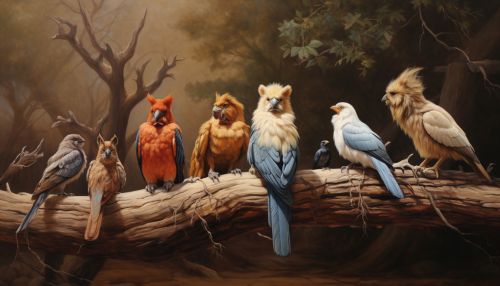
Conclusion
The biological mechanisms of animal reproductive behavior are complex and multifaceted, encompassing physiological, genetic, and environmental factors. Understanding these mechanisms not only provides insights into the reproductive strategies and survival of different species, but also sheds light on the intricate interplay between biology and behavior in the animal kingdom.
